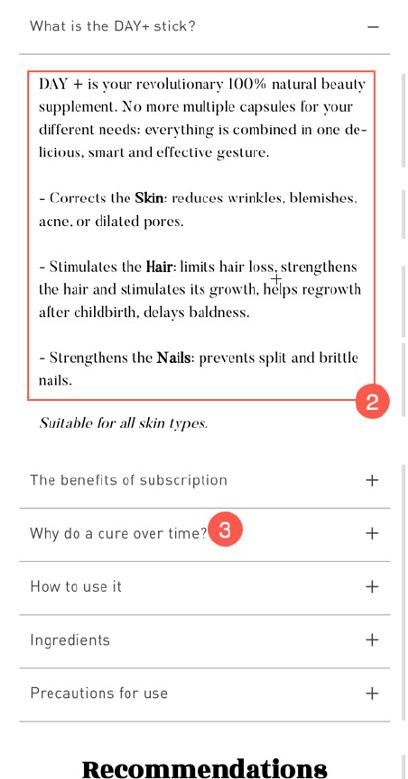Guide



Page 3
Page 5
Page 6
How to think about your product page
Page 7
Page 11
How to maximize impact
Page 15 + Bonus examples
But, if you’re getting started, start with first-time buyers.
Everything else will fall into place.
Yes, really.
You can take Rishi’s word for it. He has experience in product page optimization with more than 13 years under his belt. He will tell you one thing: start with first-time buyers.
Marketing is unbearably complicated today. We need to balance all of these things daily.
Last time you rewrote your bestseller page? Last time you tweaked your ad strategy?
remember
Days ago
from
people in
remember
ago Weeks ago Weeks ago
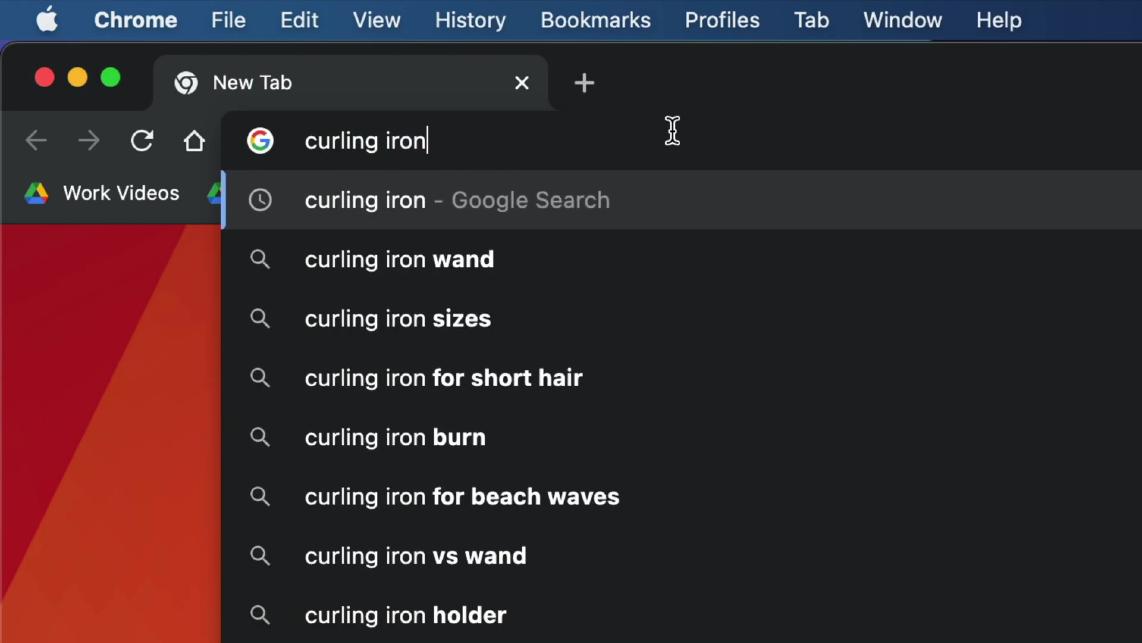
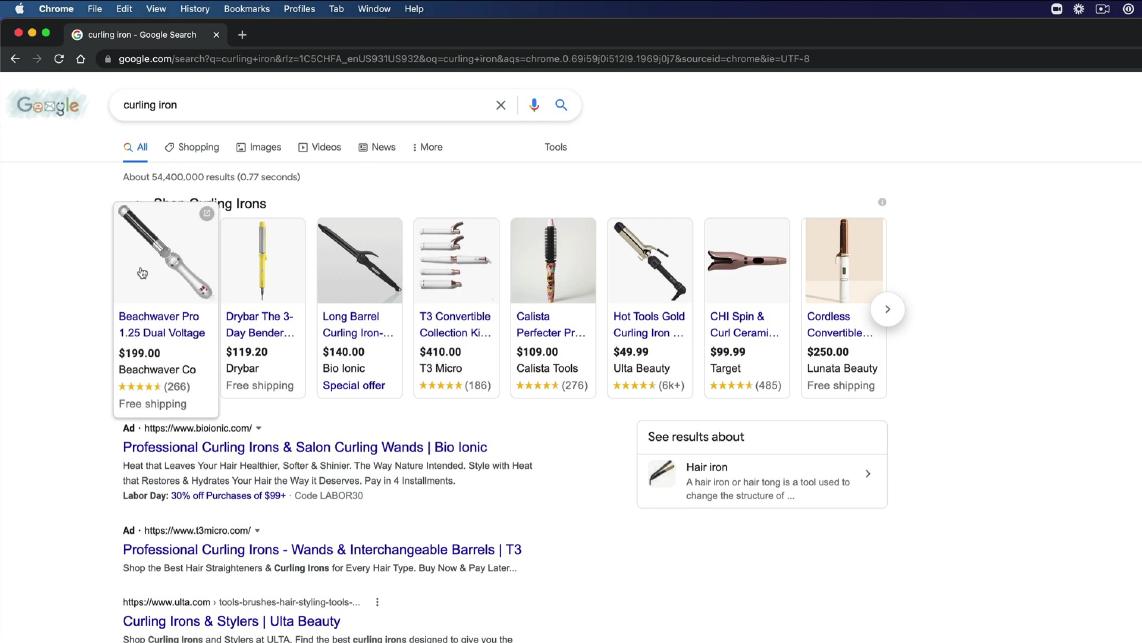
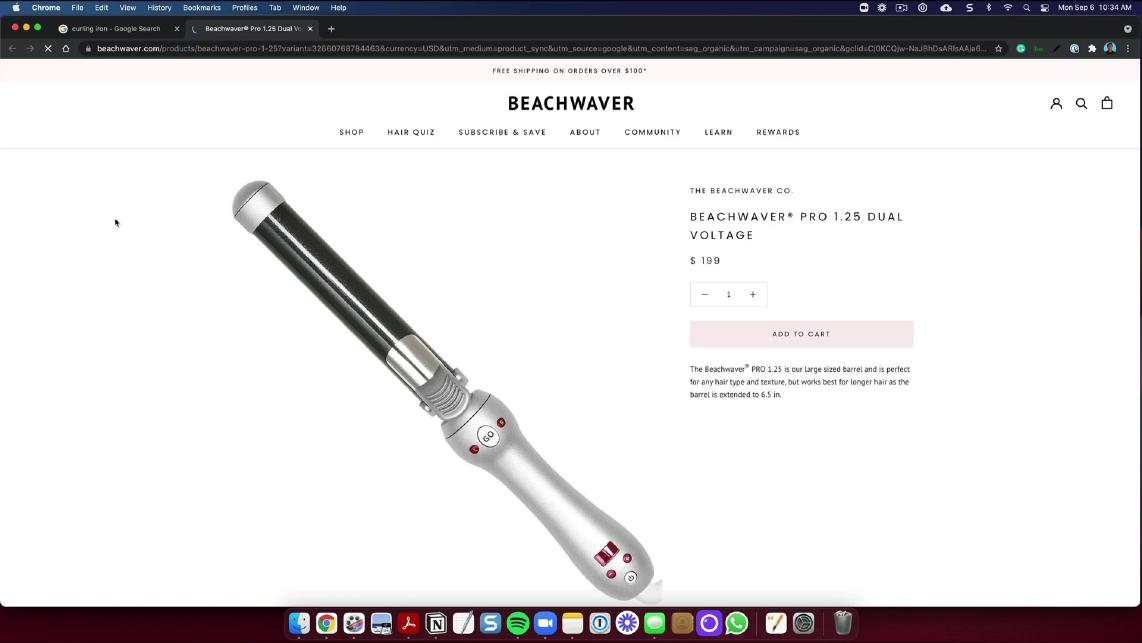
Think of your product page like an old direct-response ad. You have one shot, one chance to grab them.
These newspaper ads had to have a coupon to return so the retailer would know its effectiveness in that paper.
If you put that same effort into your product page, you’ll be targeting the 87% of visitors who would otherwise never return.
Where you put your attention is where you improve metrics.
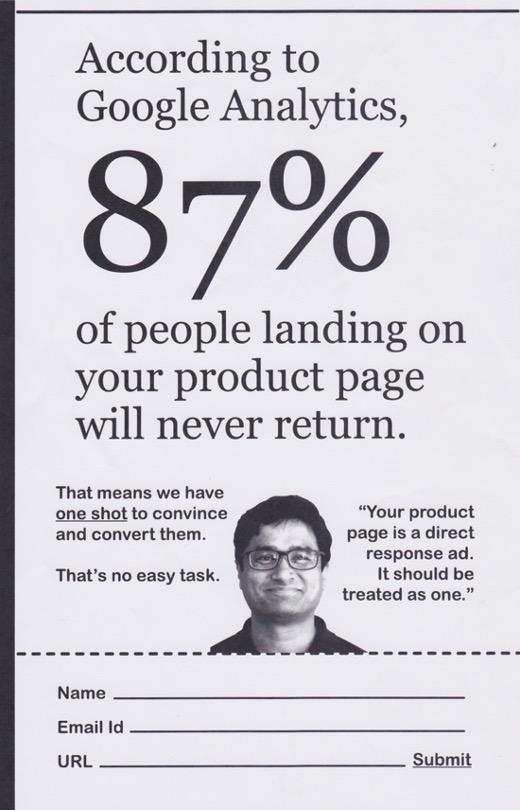
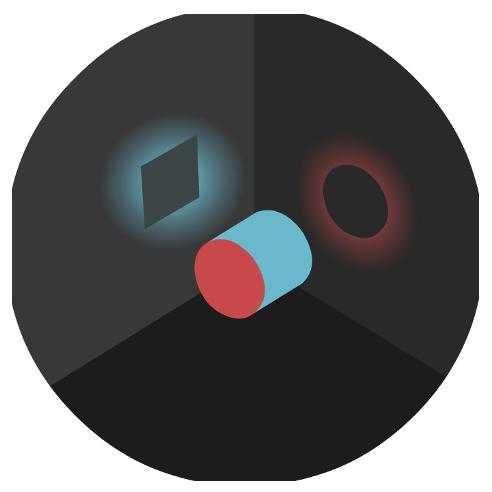
A product story is designed to connect with your visitors and make them fall in love with your creation.
The job of the product story is to educate and convert new visitors.
If a product page is not improving conversion rates it’s a bad product page.
This is your origins story.
You need to earn the right to have their attention before you can tell them what you’re selling.
Your ‘why we exist’ story is fundamental in doing that.

Pay attention to the word choice. It’s not “why is this product good” or “why is this product better than the competition?”
It’s an existential question.
As a buyer, I want to make sure I’m buying the best product in the world for me.
The story I read must confirm why this product exists.
Focussed heavily on the product. It gets straight to the features, and the rest of the page continues in the same way with shipping and Q&A.
Added who we are first, what we do, why we exist and the video upfront. Added the founder’s image to promote the people behind the company.
Product details are pushed further down the page so visitors aren’t forced to look at them first without knowing the company.
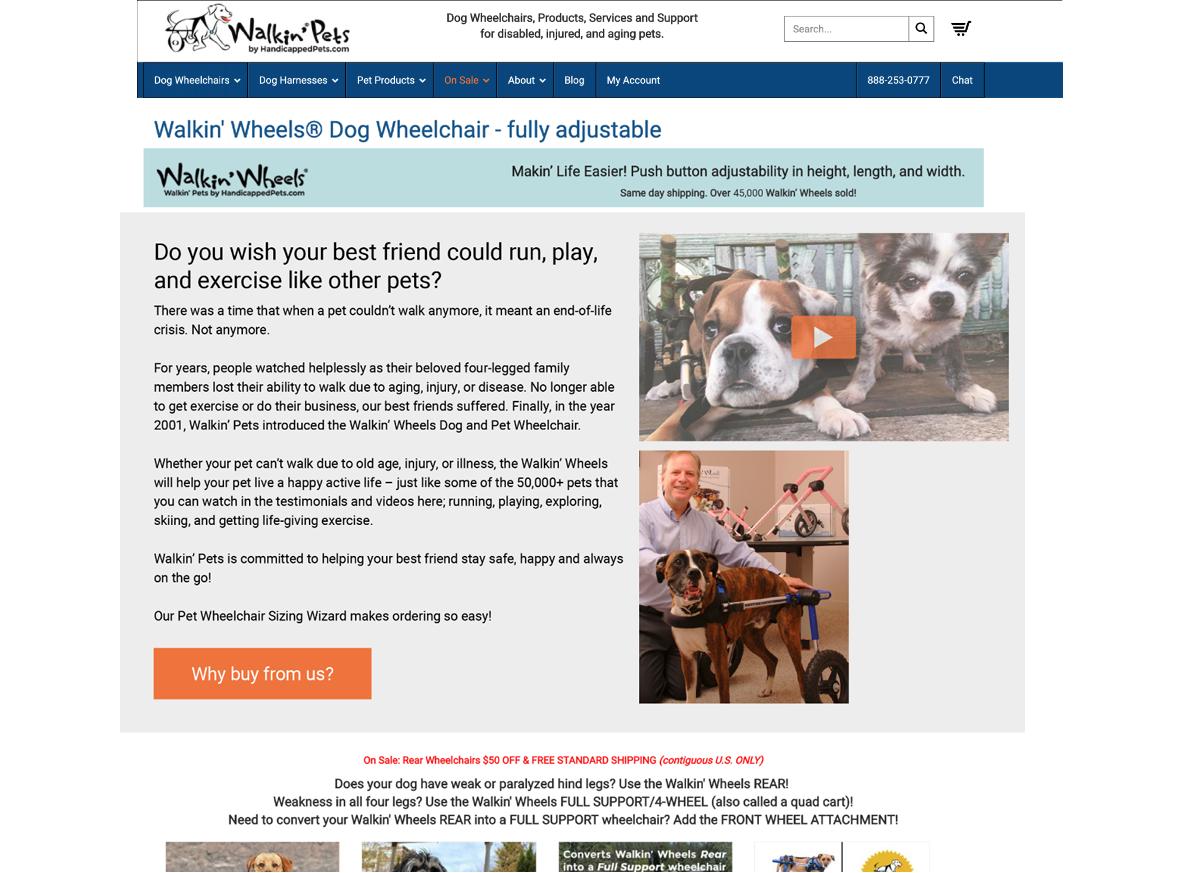
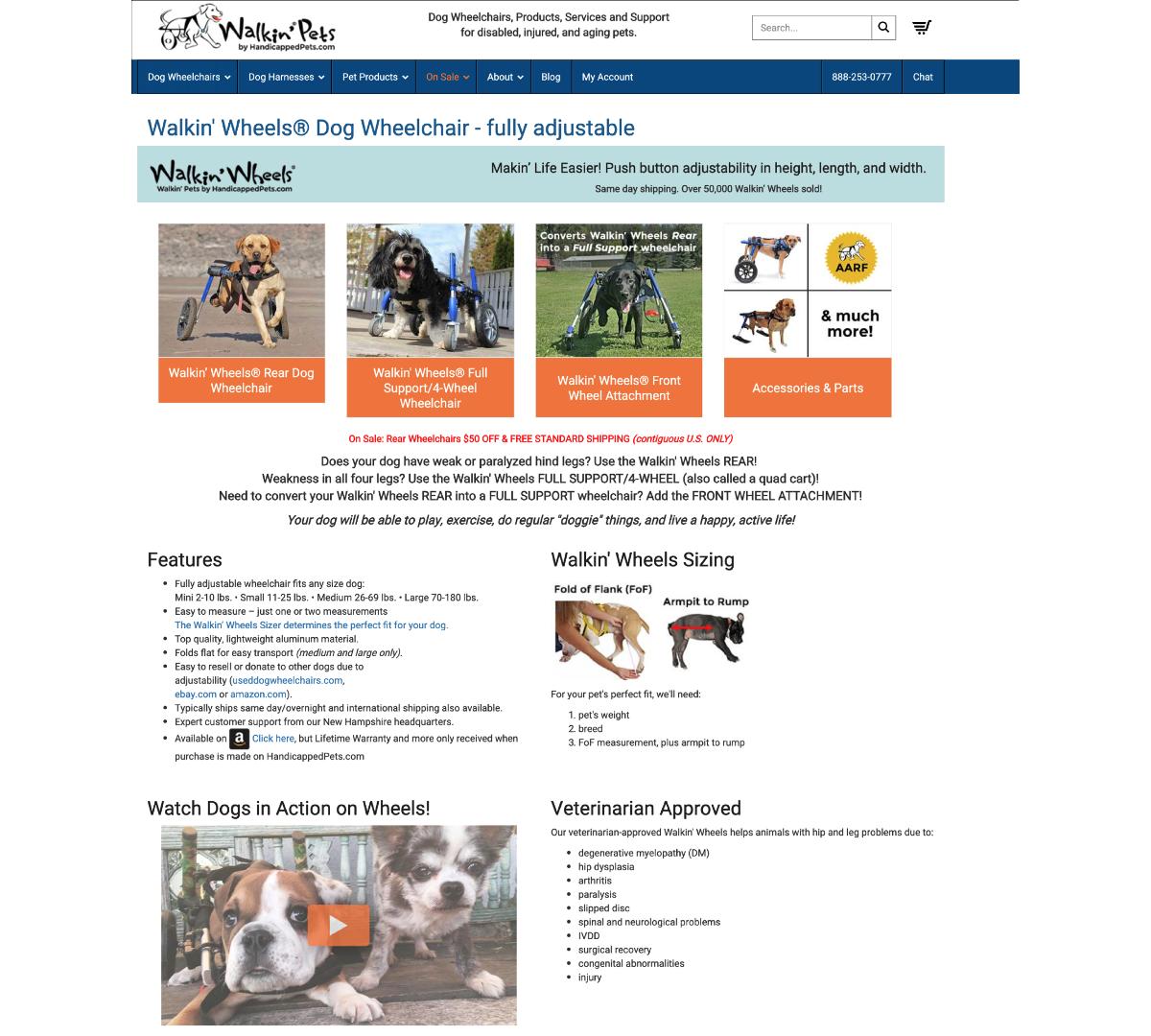
The new product page also included a ‘why buy from us?’ CTA button which opened in a popup.

By adding this info in a button, only people interested in that question would see this information.
The popup reiterates why the company exists. It talks about the themes and what the company stands for.
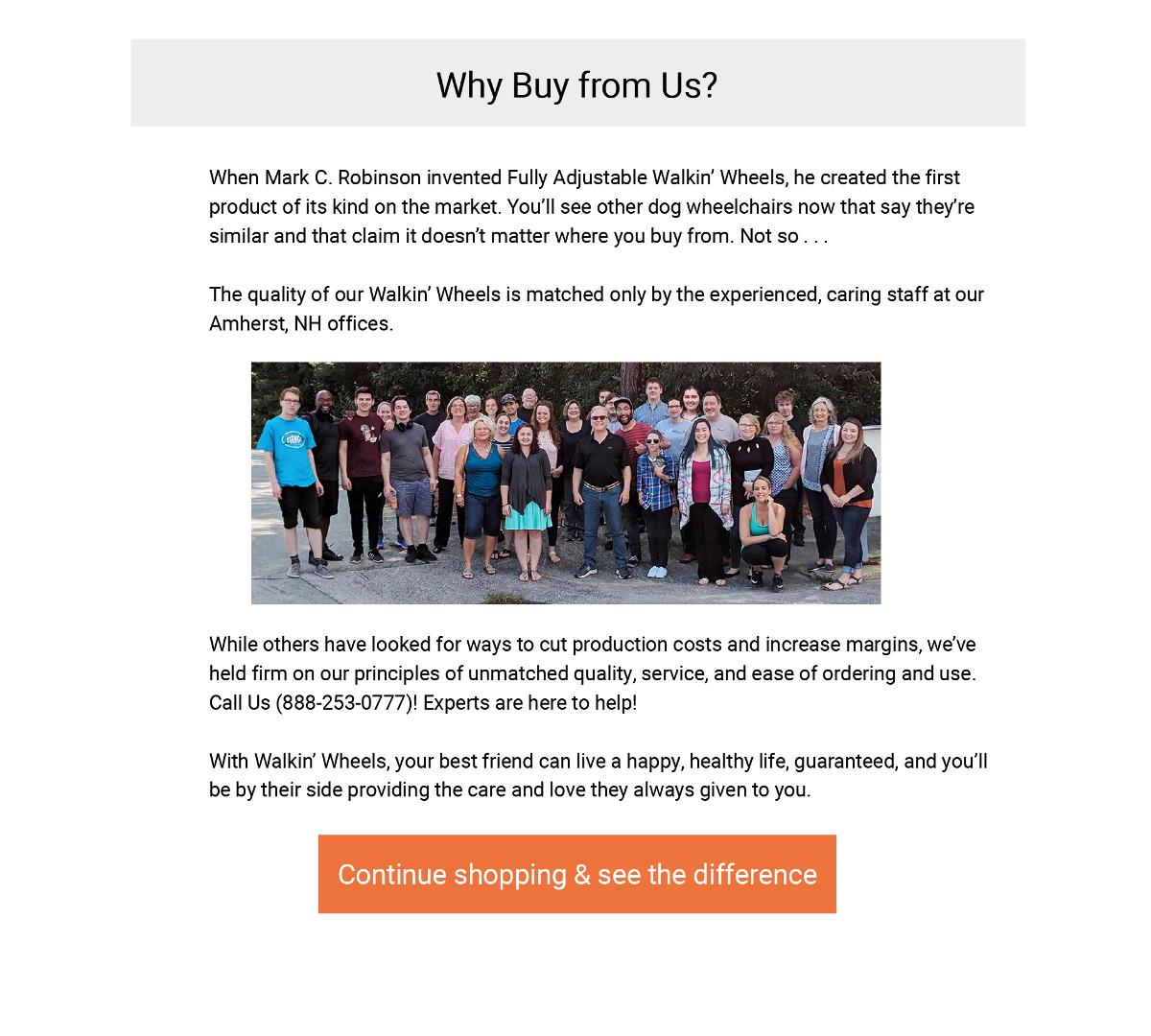
We’re sent to the same product page
There’s no such thing as the perfect product page. Only perfect product pages.
Your shopping habits are different from mine. What motivates you is different from what motivates me. Yet, when you and I visit the same product page we are both shown the same product description.
Our shopping habits differ Our motivations differ
They might ask you about yourself and structure their suggestions based on the profile they build around you based on your answers.
Perhaps they’ll make different product suggestions based on your habits and motivations, or highlight different features of the same product they sell to everyone.

Compare the segment of methodical to those who are impulsive.
Here, the page copy was swapped for two buttons.
It was impossible to write a description that satisfied both segments.
Here, the left button is for the impulsive shoppers, and they’re served a short overview. The right button is for the methodical and they see a full breakdown of how every feature works.
This change boosted conversions by 30.56%.
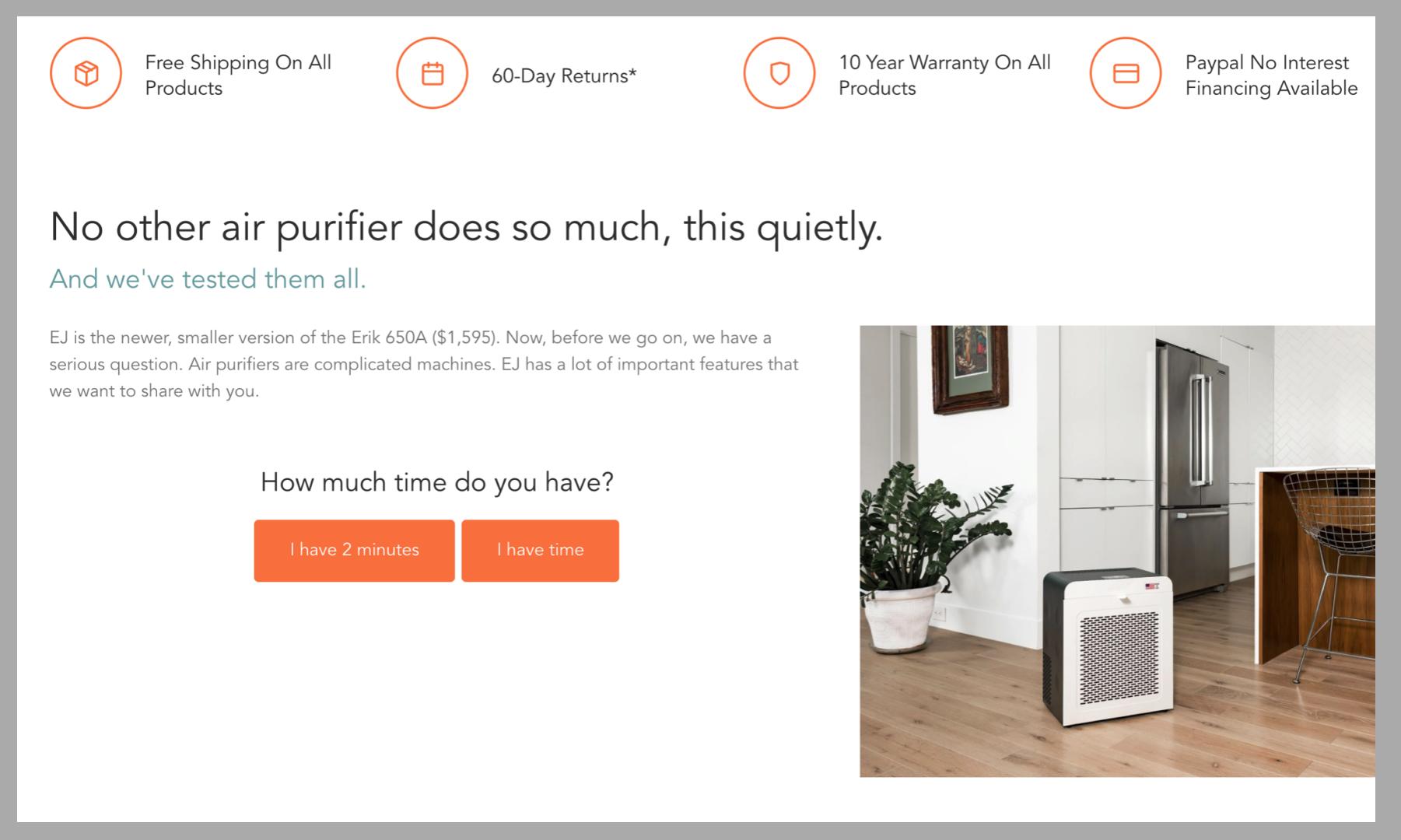
We can replicate this by segmenting customers.
You don’t just have to base messaging on the amount of time your visitor has.
Imagine you’re the sales assistant. Ask your customer how much they already know about this type of product to decide their awareness level.
If someone is new to juicers, you’d talk to them differently compared to someone who has tried all the latest juicers and has just found your brand.

We can adjust our messaging by awareness level too.
Here’s a description of what the product does. This would be a great place to decide their awareness level of protein supplements. E.g.
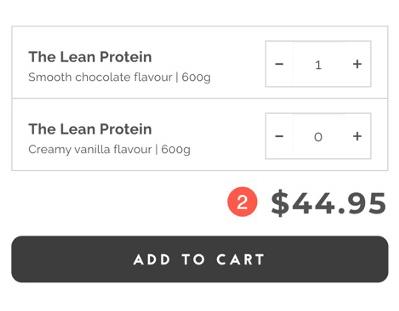
How would you rate your protein knowledge?
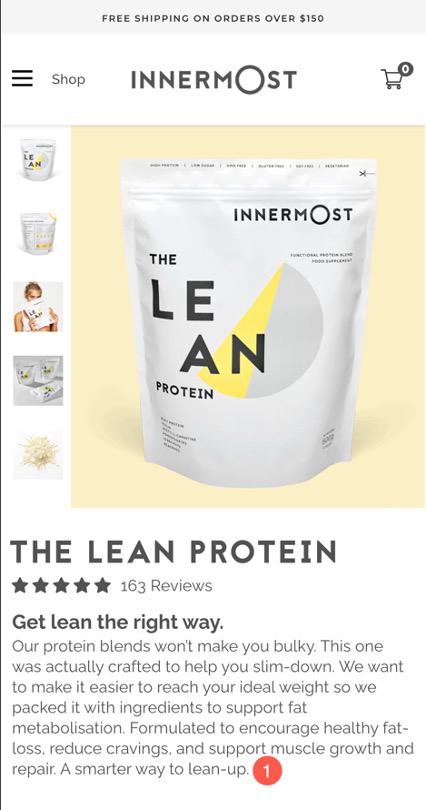
Then adjust the tone of the copy for each answer.
The price is the number one element for visitors to your site. Mentioning the price here with no context is a missed opportunity. Think about adding some price explanation. e.g.

For those who aren’t well-informed or experts, the price could be anxiety-inducing. A CTA button like this could display a popup explaining why the company believes it’s good value for money, giving the price context.

Let’s talk about price. Context is everything.
Reflecting feelings back to the visitor connects us. It’s a great buyer psychology trick, building a ‘tribe’ mentality. We both feel like we’re on the same side.
There’s two types of people who’ll be reading this: skimmers and diggers.
The skimmers will read this and think it’s great. The diggers are more skeptical, and this will ask more questions than it answers.
Who are those “leading nutritionists”?
If you link this text to the leading nutritionists, you’ll please both groups.
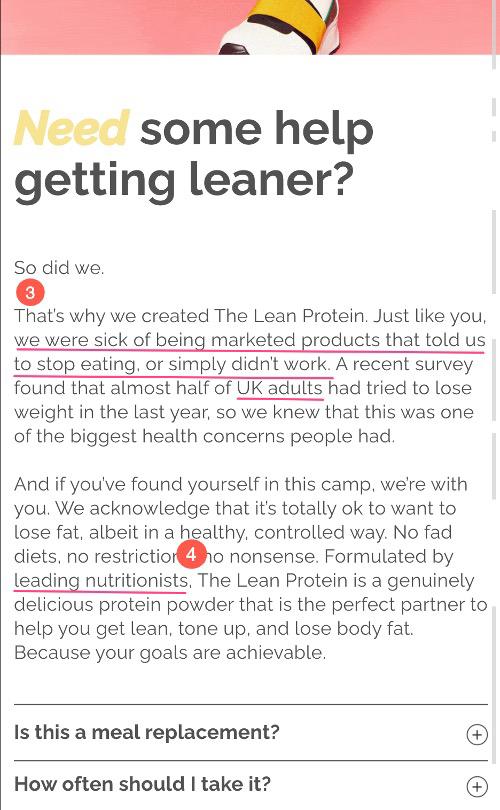
This copy is genius. This copy could be genius.
Could this read better? How would you know?
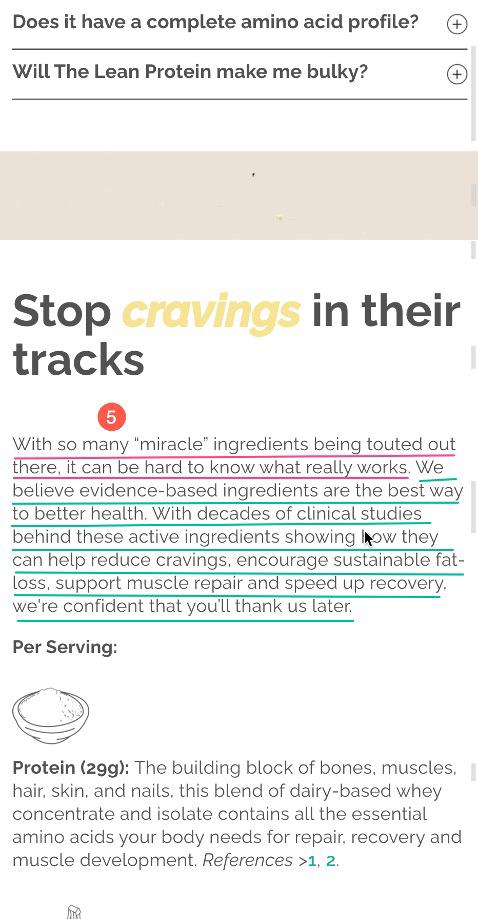
The part underlined in red is continued genius, building the tribe element. However, could the part underlined in green be written clearer? Perhaps test a few different versions. But how would you know which version is the clearest to your visitors? Well, just ask. E.g.
Did our explanation make sense?
This is the best way to get real-time feedback from your visitors. Micro-feedback. Try it.
1
There’s a conflict here. The buyer doesn’t want to get into a long-term subscription, but the seller does. You need to prime your customer before you ask them to subscribe. Otherwise the answer will usually be ‘no’. E.g.
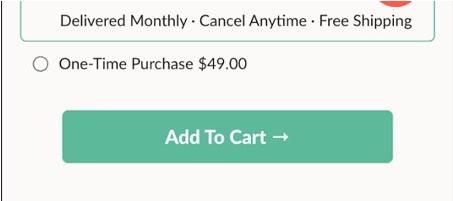
What are you looking for in this diet? I’m looking for benefits in the short term
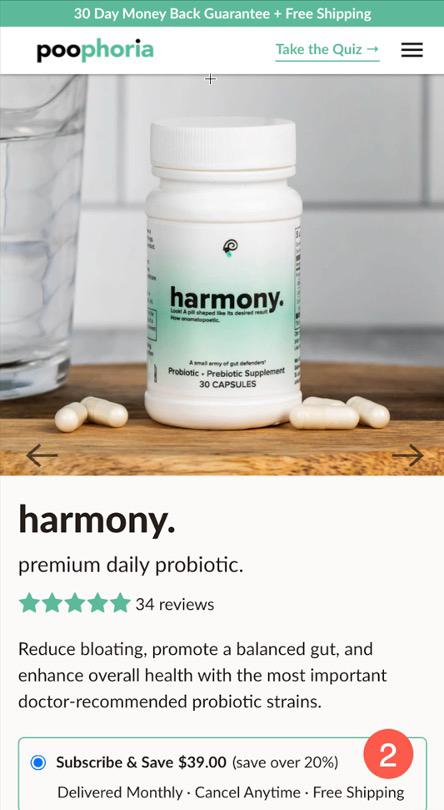
I want to change my life for the long term
We know people often want long-term benefits, but usually take actions that benefit them in the short term.
Asking this question bypasses that impulse and makes them acknowledge the flaw in that thinking.
After asking the question, this would be a good way to present the pricing.
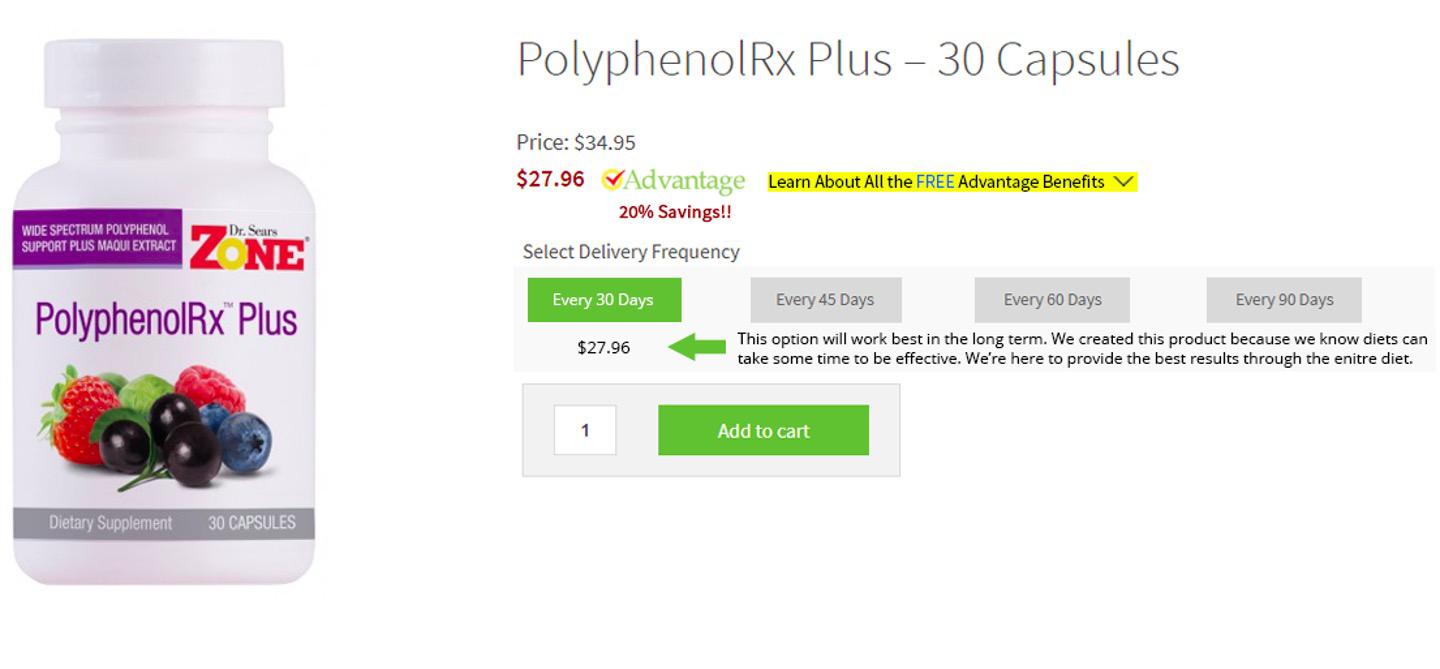
The visitor is now less likely to have suggested they want a one-time purchase.
When the visitor answers “long term”, we remove the “one-time” option
and highlight “every 30 days” as our recommendation for them.
We also explain why we believe this is the best option for them.
The visitor could back out, but there’s a conflict in their head as they’ve just admitted they want long-term benefits.
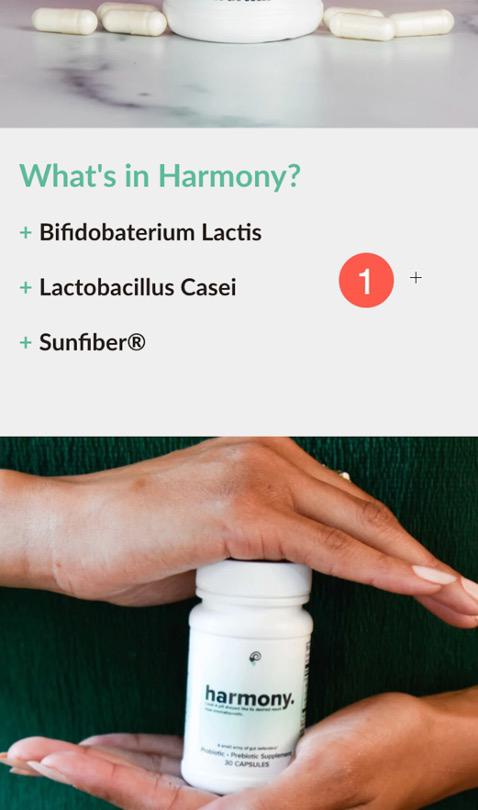
2
The diggers will be thinking “How did you pick these three strains?” “Are these three strains the best strains?”
This calls for a call to action. E.g.
How we landed on these three specific strains
Then use a story arc to really sell your know-how.
Talk about all the strains you tested, how most didn’t work out, how the project became so complicated you almost gave up. But then, on the morning of 20th August 2021, you got the good news.
People love a hero story. Shoppers are looking for a shortcut. Show them you’ve done the hard work.
Our final example is from D+ for care. There’s a red flag right here.
Starting with a monthly subscription. Shoppers just discovered you. They don’t want a subscription. “Automatic renewal” also in the same title. No thanks.

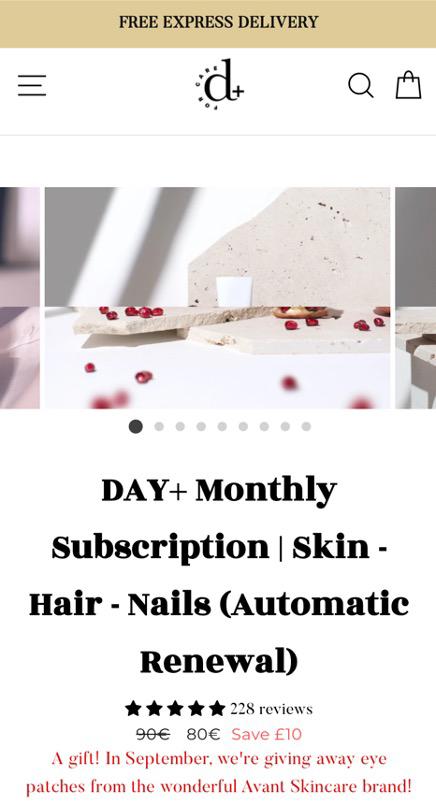
We need an explanation here to justify this. E.g.
Why do you only offer a subscription plan?
Include content that’s further down the page - “why do a cure over time?” (see page 24).
Then end with some micro-feedback:
Did this answer your question? Yes No
As a new visitor to the site, how can we trust that this company has cracked the formula?
A quick Google search will show countless other products claiming something similar. So, add an explanation.
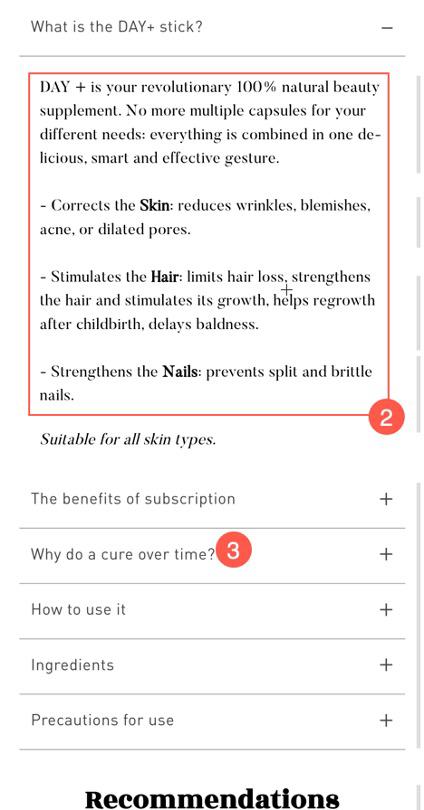
E.g.
How we cracked something that others haven’t been able to.
The explanation needs to be credible.
Option 1: Talk about how we discovered an obscure path that the big players weren’t looking for. This is the ‘stroke of luck’ story arc.
Option 2: Talk about how we started optimistic, realized how challenging it was, almost gave up, but ultimately overcame the challenge.
That’s the ‘hero’s journey’ arc again..
The copy here is amazing.
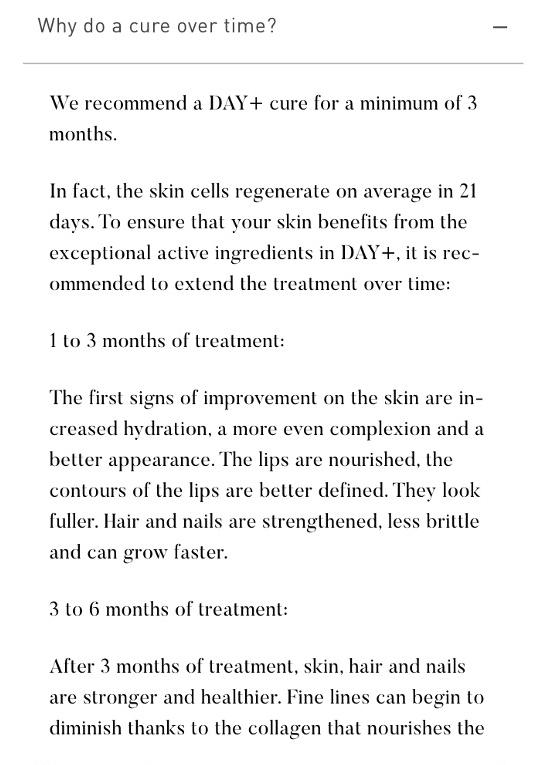
Keep this.
Just move it up to the top, in the call to action mentioned on page 22.
